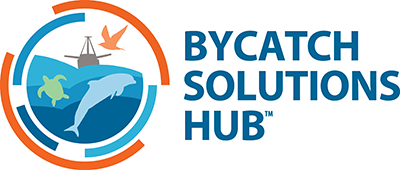Key Takeaways
- The toothfish demersal longline fishery was a major source of seabird bycatch and mortality in the southern Indian Ocean.
- The fishery implemented seabird bycatch best practices for longline gear; night fishing, weighted branch lines, bird scaring lines, a bird curtain and other modifications to gear.
- Best practices implementation greatly reduced seabird bycatch, especially for threatened and endangered albatross and petrel populations.
- Grey petrel bycatch mortality decreased from over 750 individuals per year to only 3 documented individuals in the 2014-15 season.
Toothfish are an important groundfish fishery in many temperate regions of the southern hemisphere, often targeted with demersal longlines. However, these latitudes are also important habitats for seabirds, particularly the threatened and endangered albatrosses and petrels that nest on remote southern islands and coastlines and feed in the open ocean. This overlap led to frequent interactions between seabirds and the fishery which historically resulted in high bycatch mortality rates that negatively impacted albatross and petrel populations.
After an assessment of the fishery in pursuit of MSC certification, fishers agreed to fish at night, shifting set and haul times to after dark. In addition, multiple other mitigation methods were implemented (weighted branch lines, bird scaring lines, and seasonal closures to name a few) in conjunction with night sets to further decrease fishery impacts on albatross and petrels. The results were dramatic. Albatross bycatch was nearly eliminated while petrel bycatch was greatly reduced. This reduction was especially important around the remote Kerguelen Islands which are an important breeding ground for multiple petrels. The toothfish demersal longline fishery in Kerguelen seas managed a reduction in grey petrel bycatch mortality from a minimum of 750 individuals in 2005 to only 3 documented in 2014-15.

